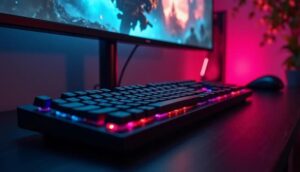Optimizing games for weak devices is a key challenge for indie developers trying to make their projects accessible on a wide range of hardware. Here are some practical guidelines:
- Deferred optimization: Focus on creating a complete gameplay experience before you start optimizing. Avoid premature optimization, which can distract from core development tasks and lead to resource overruns.
- Performance profiling: Use profilers to analyze game performance, identify bottlenecks, and make informed decisions to improve performance. This is especially important when resources for testing on different devices are limited.
- Optimize graphics resources: Tune textures and models to match the capabilities of weak devices. Use platform overrides to optimize assets, avoiding increased build size and unnecessary memory consumption.
- Limit camera usage: Minimize the number of simultaneously active cameras in scenes to help reduce CPU load and improve performance.
- Testing on target devices: Conduct regular tests on weak devices to make sure the game is stable and identify potential performance issues in a timely manner.
- Code optimization: Write efficient and clean code, avoiding unnecessary calculations and operations that can slow down a game on weak systems.
By following these guidelines, indie developers will be able to create games that are accessible and appealing to a wide audience, regardless of the technical specifications of their devices.









